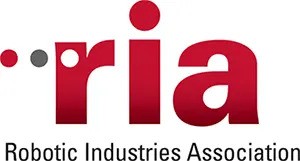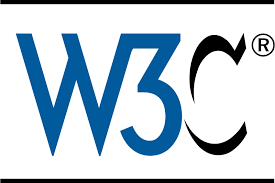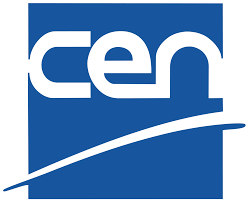This document gives guidelines for a uniform framework, transversal with respect to the different robot categories and limited to those robots and robotic applications characterized by human-robot collaboration, for the development and/or use of testing procedures, applicable to different robot categories and use scenarios. This document is informative and is not aimed at substituting or simplifying verification and/or validation procedures required by standards. The objectives of this document are the following: — define an approach for the development and use of procedures for testing safety in human-robot collaboration at a system level, based on safety-relevant human-robot collaboration skills and limited to the mechanical hazards; — define a comprehensive list of application-driven, technology-invariant safety-relevant human-robot collaboration skills valid across different domains; — provide a template for system-level validation protocols; — by way of example, present two system-level validation protocols, applicable to multiple domains. This document does not apply to the following devices, systems and applications: autonomous vehicles for the transportation of persons, drones, rescue robots (including ground, marine and aerial vehicles), surgical robots in relation to the body of the patient, passive wearable devices, external limb prostheses. NOTE 1 This document aims at providing harmonization in the compilation of structured testing procedures, to supplement safety validation of specific robot applications, building, where possible, on test methods provided in the relevant standards. It does not propose any safety requirement, nor is it intended to provide alternatives for or simplification of the relevant standards for each robot category. Users of this document are expected to be proficient in directives, regulations and standards applicable for the specific robot system and application. An overview of robot categorization is provided in A.1. NOTE 2 This document does not address “functional safety” (e.g. the performance level of safety-related parts of control systems), nor criteria for its validation and verification.
CWA 17835
https://www.cencenelec.eu/news-and-events/news/2021/workshop/2021-07-30-draft-cwa-safety-in-close-human-robot-interaction/












